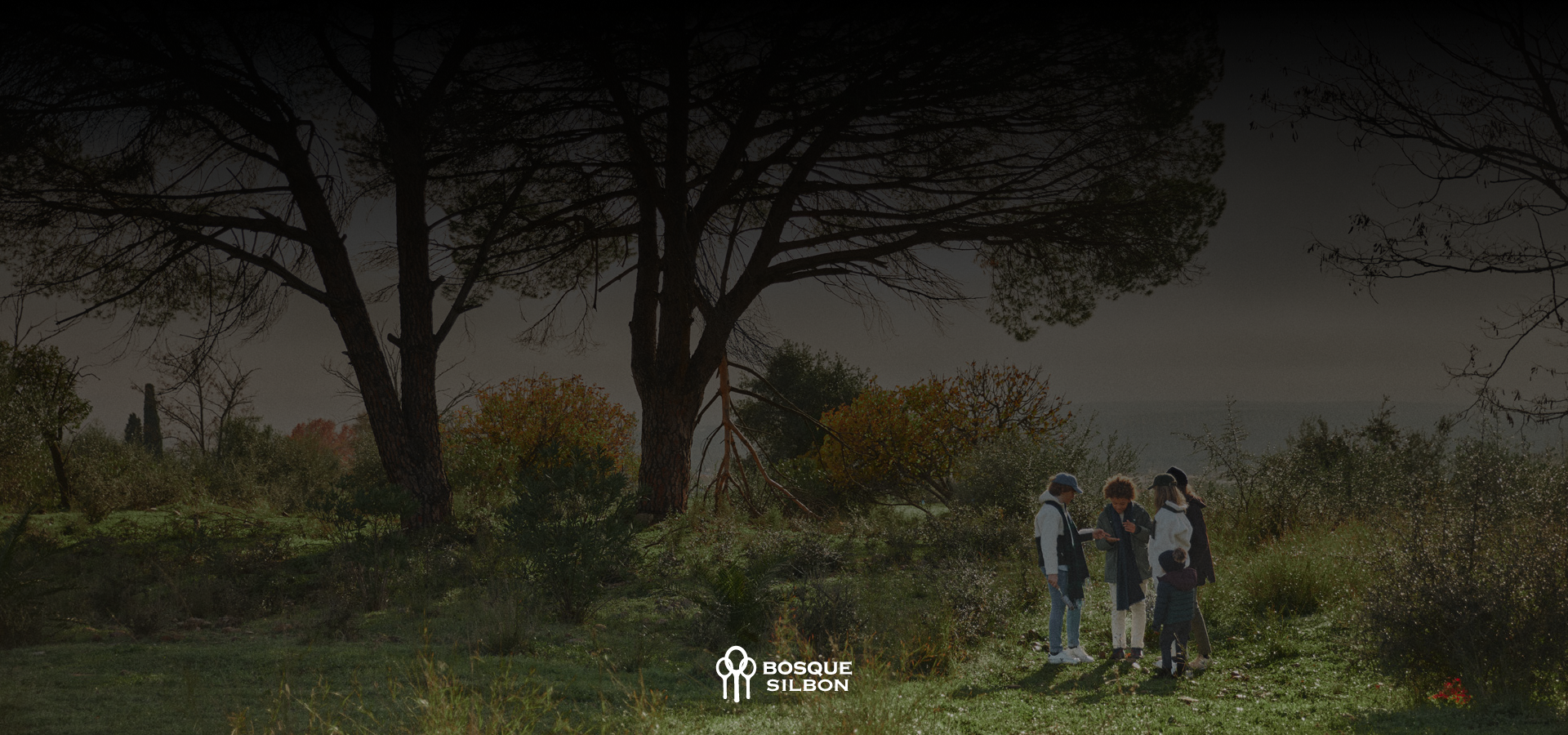Silbon becomes the first Córdoba company to participate in the Reforestation and CO2 Emissions Compensation Program in collaboration with the Provincial Council of Córdoba.

A local project with global impact
Through this collaboration, the SILBON FOREST was born, an ambitious project that not only seeks to counteract carbon emissions, but will also contribute to the preservation and restoration of the local natural environment, the conservation of biodiversity and the mitigation of climate change.
According to the United Nations (UN), each person purchases around 26 kg of textile products and throws away approximately 11 kg per year.

The fashion industry ranks second as one of the main sources of pollution on the planet, being responsible for 10% of total CO2 emissions.
Committed to sustainability, environmental responsibility and aware of the impacts of the textile industry. We understand that the Silbon Forest represents a valuable opportunity to contribute significantly to the well-being of our planet and the construction of a more sustainable future.

The beneficial effects we anticipate from our participation in this reforestation project:
1. CO2 Capture and Climate Change Mitigation.
2. Conservation of Biodiversity.
3. Improvement of Air and Water Quality.
4. Promotion of Local Sustainable Development.
5. Alliances to achieve decarbonization objectives.
At SILBON, we deeply value the collaboration between companies and government bodies in achieving common objectives in terms of sustainability. We believe that joining efforts between the private and public sectors is essential to achieve a significant and lasting impact on environmental conservation.
Over the next 30 years, we project that the 4,000 trees and shrubs of the SILBON FOREST will absorb more than 800 tons of carbon dioxide.
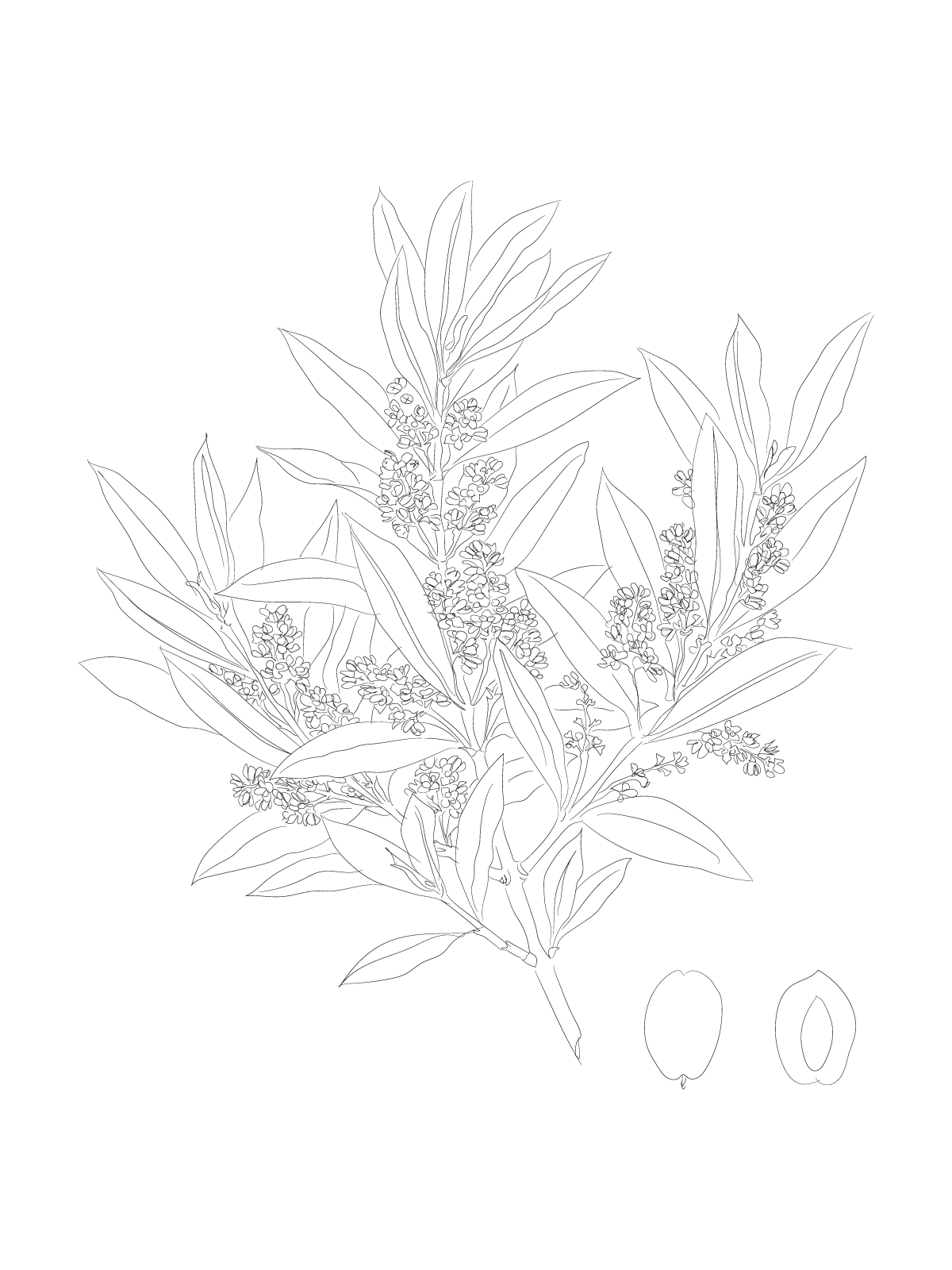
Wild olive (Olea europaea)
The wild olive is a small tree whose height does not exceed 8-10 m. It is a plant adapted to the Mediterranean climate, with not very cold winters and dry, hot summers.
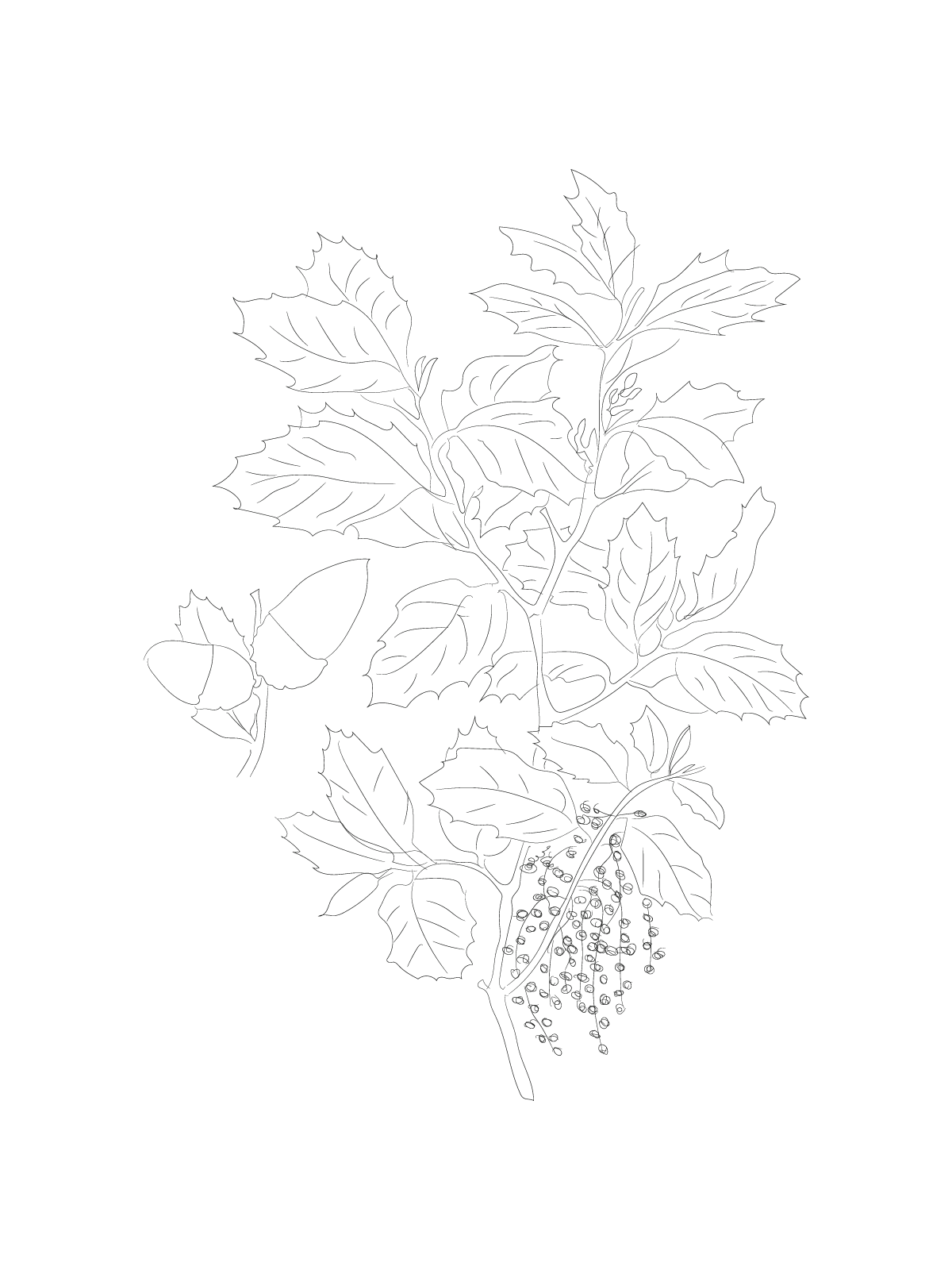
Cork oak (Quercus suber)
The cork oak is a large tree that can reach 25 m, it has a wide, rounded crown and its bark is cork. It is a typically Mediterranean tree that forms forests or appears mixed with other species of similar ecology.

Carob (Ceratonia siliqua)
Tree that reaches up to 10 m in height, with an irregular trunk, smooth grayish bark and an extensive and deep root system. It grows in areas with a dry, mild and warm climate, absent of frost, and therefore near the coast, up to 600 m altitude.

Hackberry (Celtis australis)
This slender tree is a relative of the elms that can reach 30 m. It has a uniform trunk that resembles the foot of an elephant due to its gray, thin and smooth bark. The hackberry grows here and there, it is more common to see it as a companion to other tree species in the forests.

Cornicabra (Pistacia terebinthus)
This is a branchy shrub that reaches the size of a small tree of about 5 m. It is part of the Mediterranean forests as a companion to holm oaks, cork oaks, wild olive trees, pine forests, etc. It is indifferent to the type of soil and is found from sea level to 1500 m.
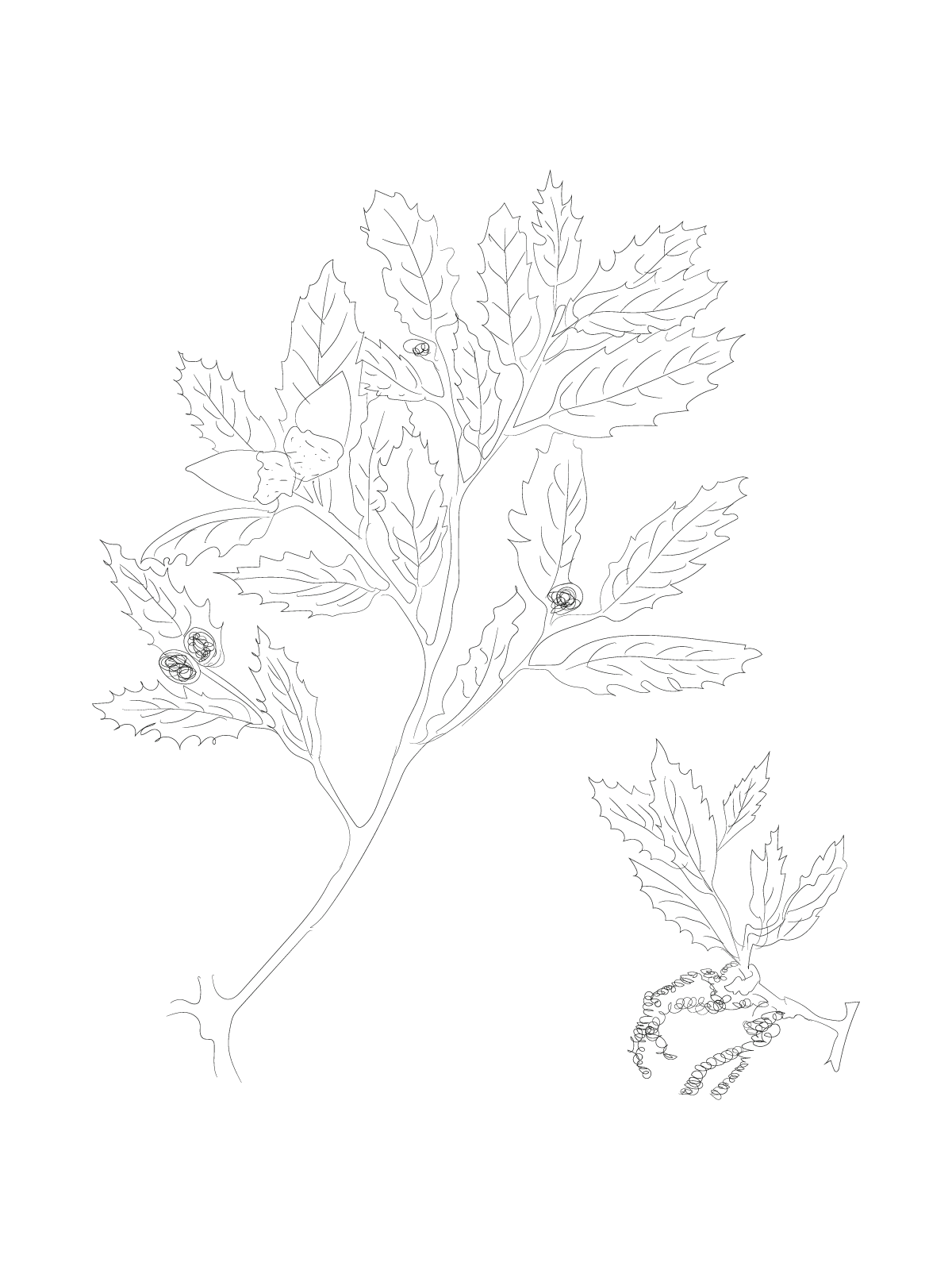
Holm oak (Quercus ilex)
Tree of variable size, reaching up to 25m, dense crown and thick, dark trunk. The holm oak is the most characteristic species of Mediterranean forests, it is indifferent to the type of soil and grows from sea level to 1300 -1400 m.

White rockrose (Cistus albidus)
Shrub with erect stems, not very branchy and that can reach 1 m. Plant with a Mediterranean climate, predominating in inland areas. It grows in all types of soils, with a preference for limestone soils.

Mast (Pistacia lentiscus)
The mastic is a branchy shrub, growing like a small tree reaching up to 7-8 m. It is a Mediterranean plant that forms thickets with holm oaks, wild olives, and other trees of similar ecology, as long as there are no strong frosts and the winters are more or less mild.
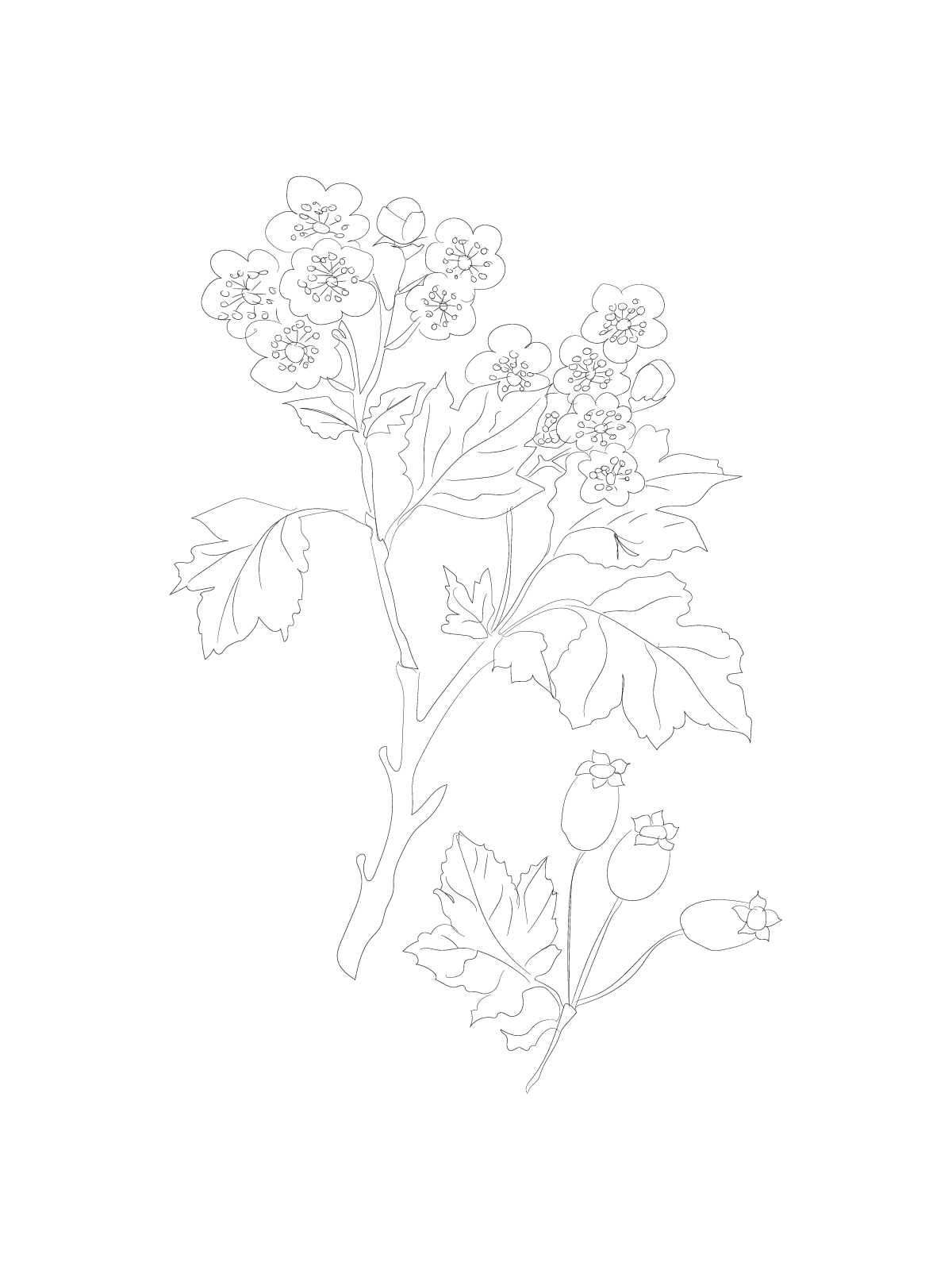
Hawthorn (Crataegus monogyna)
The hawthorn usually appears as a very branchy and variable shrub, which if allowed to grow reaches the size of a small tree up to 10 m high. It is possibly the most common accompanying shrub or tree in all types of Iberian forests.

Wild pear tree (Pyrus bourgaeana)
Shrub or small tree up to 10 m high, with a wide and irregular crown, with branchlets that sometimes end in a thorny tip. This species is indifferent to the type of soil on which it sits, it tolerates drought well, but suffers greatly from frost.
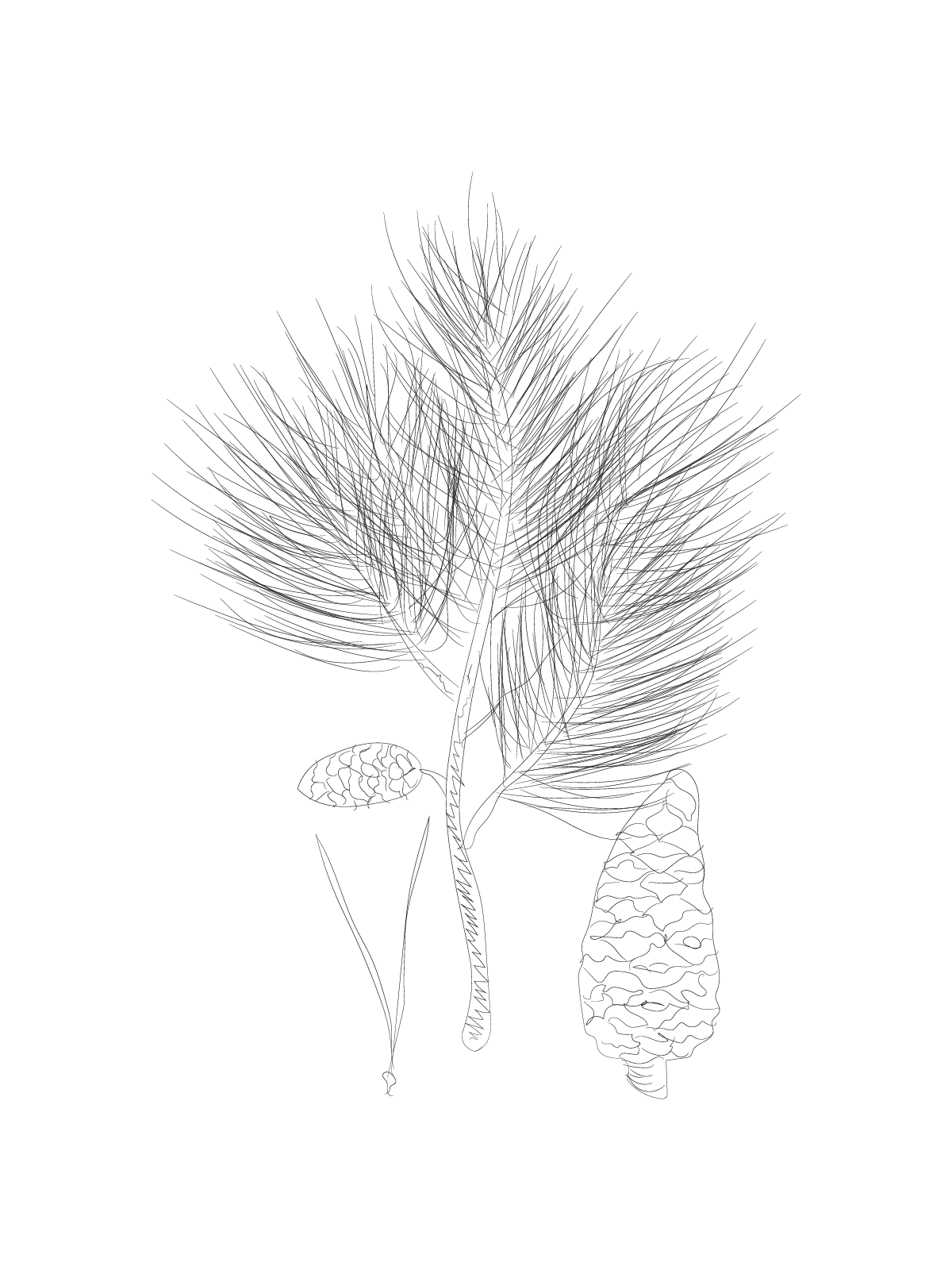
Aleppo Pine (Pinus halepensis)
Tree that reaches 20 m, with an often tortuous trunk, grayish or whitish bark and twigs. This pine needs Mediterranean climates, with plenty of sun and without excess rain or cold.
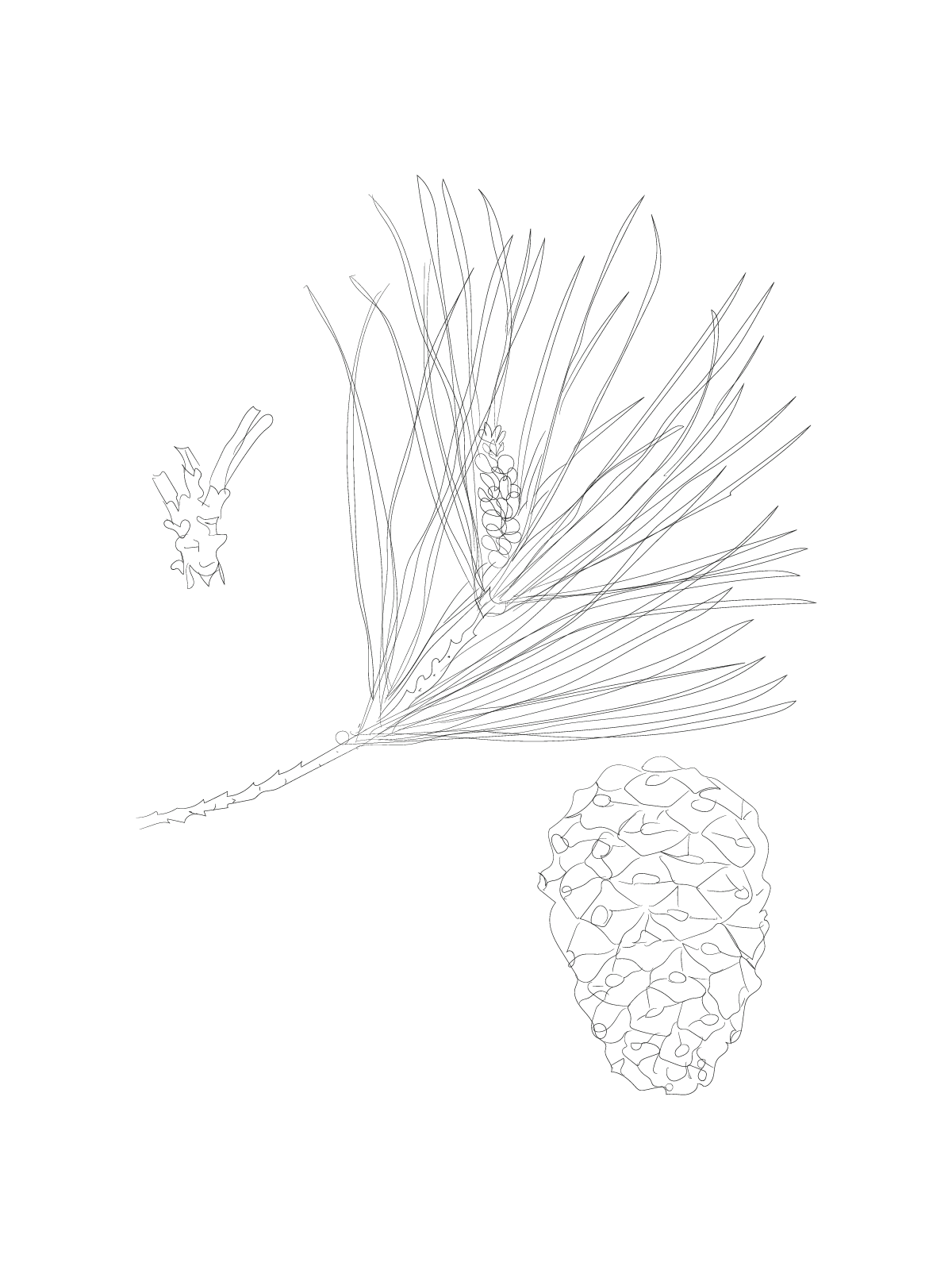
Stone Pine (Pinus pinea)
This pine is characterized by its umbrella-shaped shape and its large globose cones. The stone pine grows in formations with holm oaks, cork oaks or resin pines. In pure formations the crowns join together forming a dense and closed canopy.
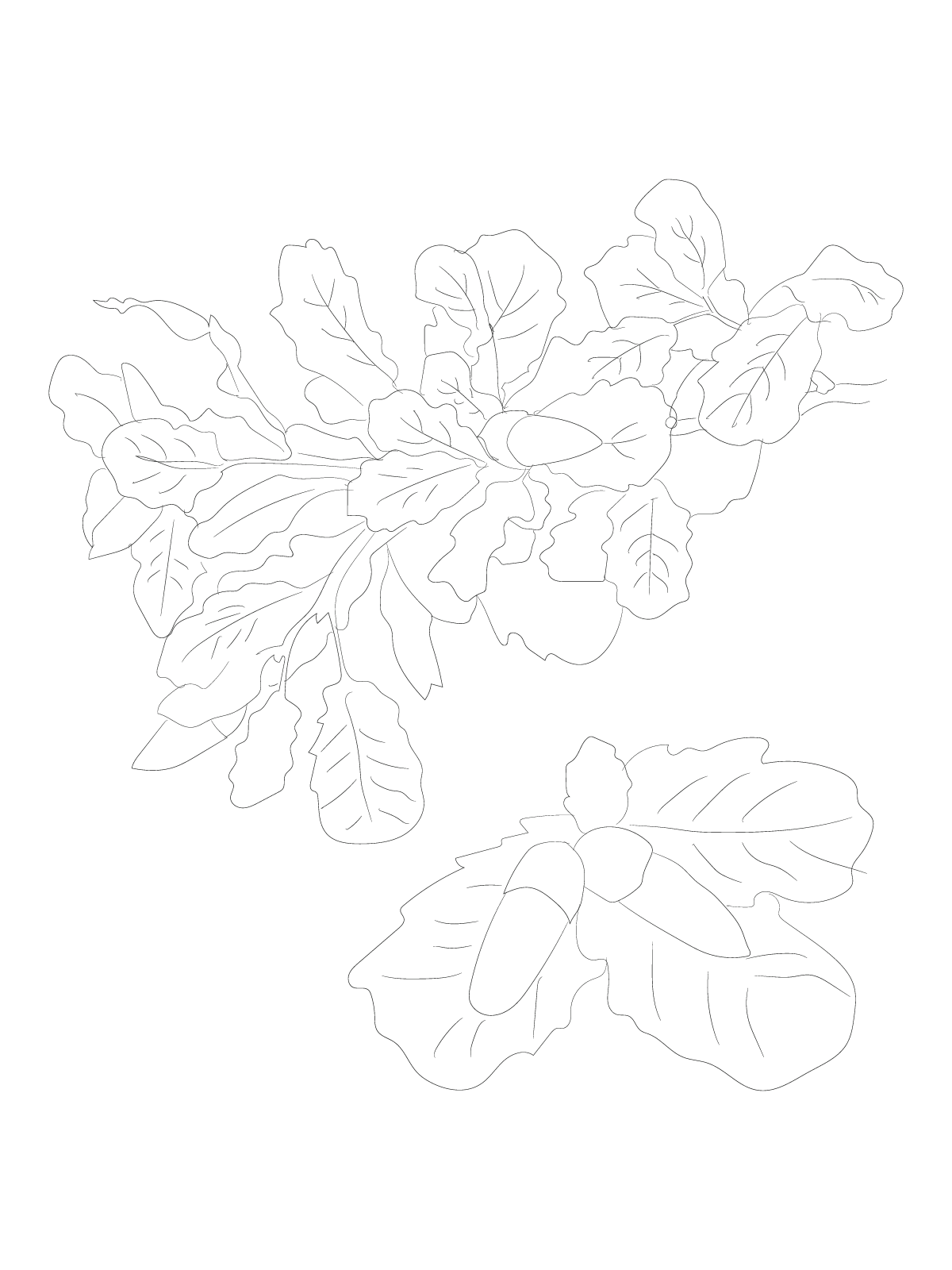
gall oak (Quercus faginea)
Tree that can reach 20-25 m, with simple, alternate and deciduous leaves, but with the characteristic that some of them remain dry on the plant. The species tolerates frost and a certain degree of drought better.
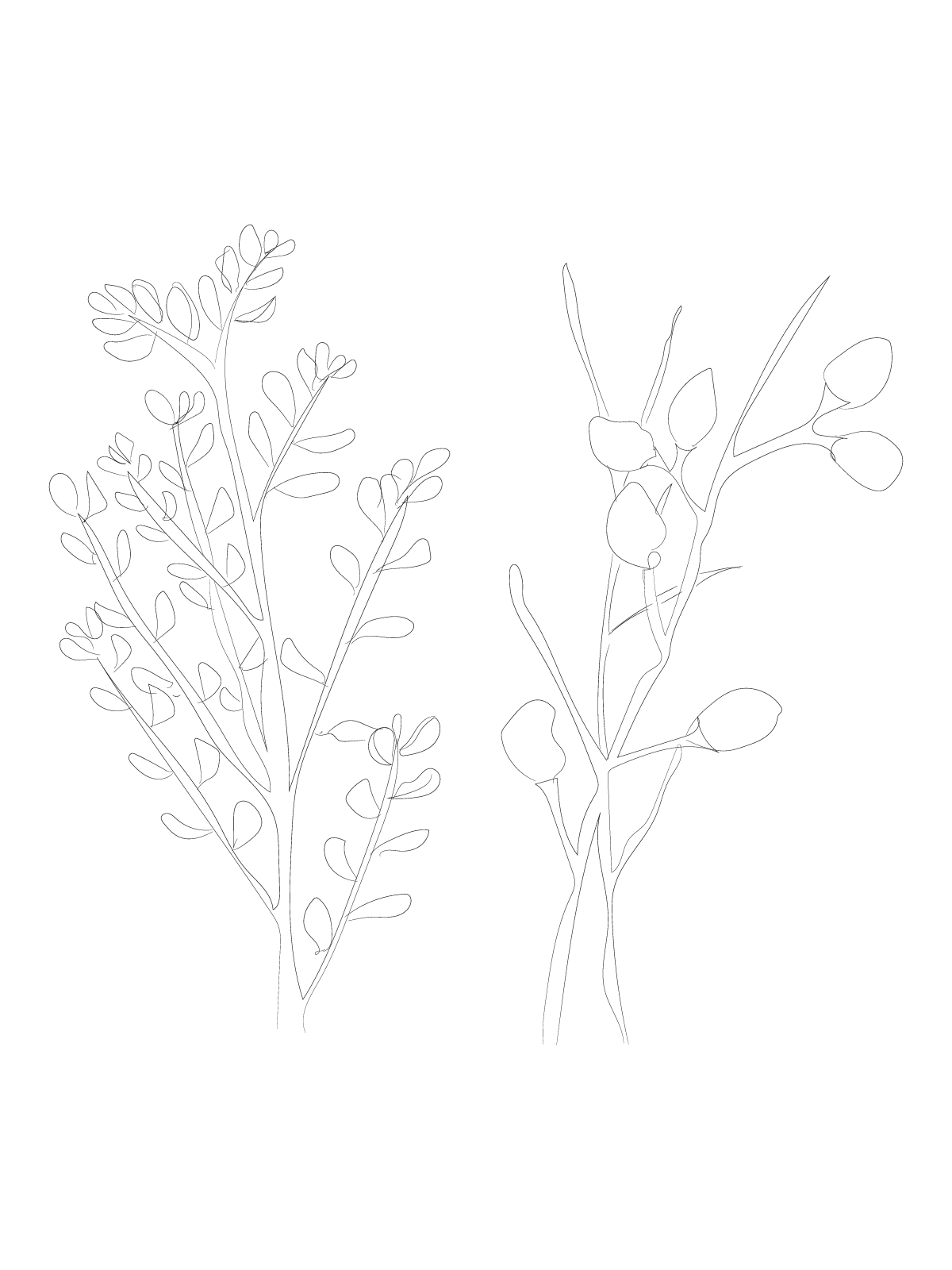
Broom (Retama sphaerocarpa)
It is a shrub that can reach 3 m in height, generally leafless, grayish and highly branched. It is a common species in almost the entire Peninsula, tolerant to winter cold and summer heat. It grows in serial thickets produced by the degradation of holm oak forests and in pine forests.

Wild rose (Rosa canina)
This shrub is up to 2 m tall, with hanging green stems, covered with small, strong, curved thorns. It is considered a species with an Atlantic and Mediterranean climate.
Maintenance and irrigation will be carried out consecutively for two years for each of the reforested areas. In this way, we will conclude the maintenance period of the trees planted in 2025/2026 in the summer of 2027.

